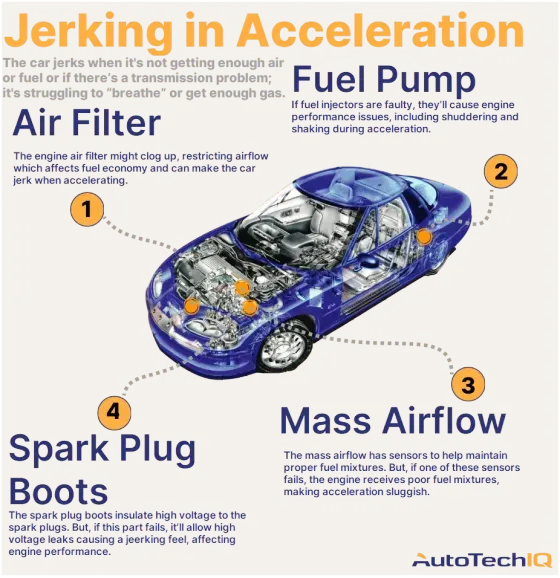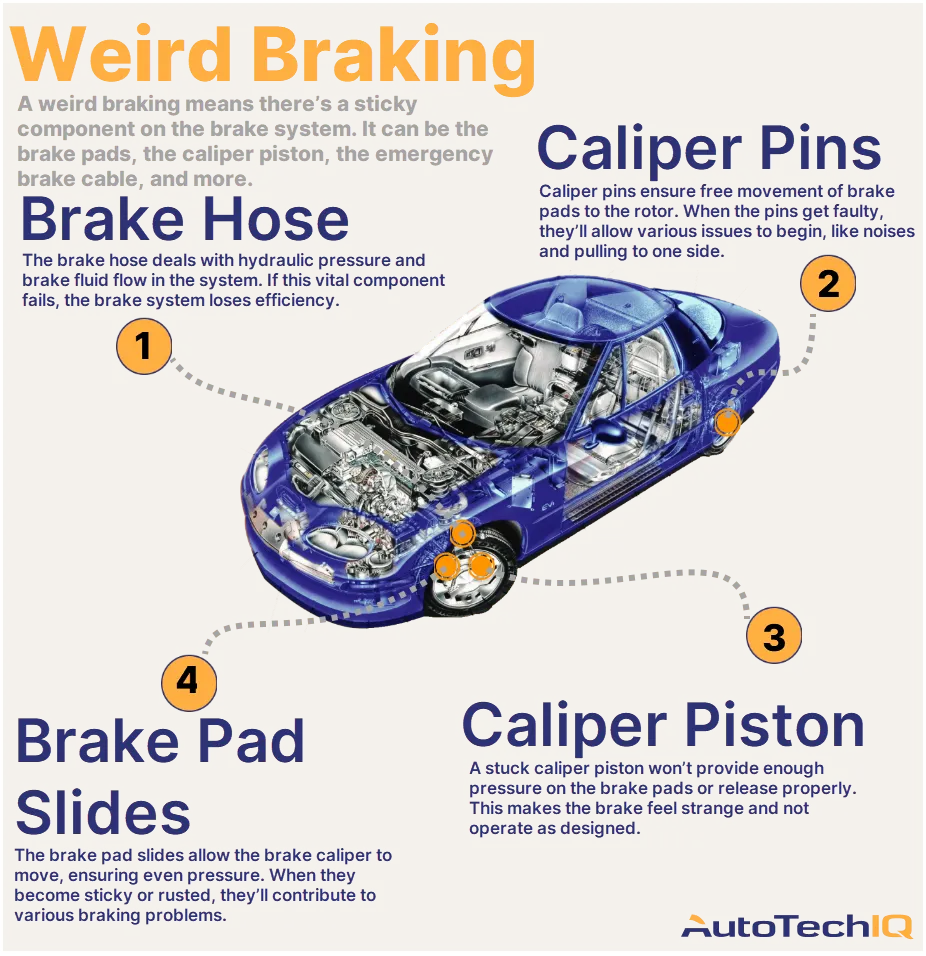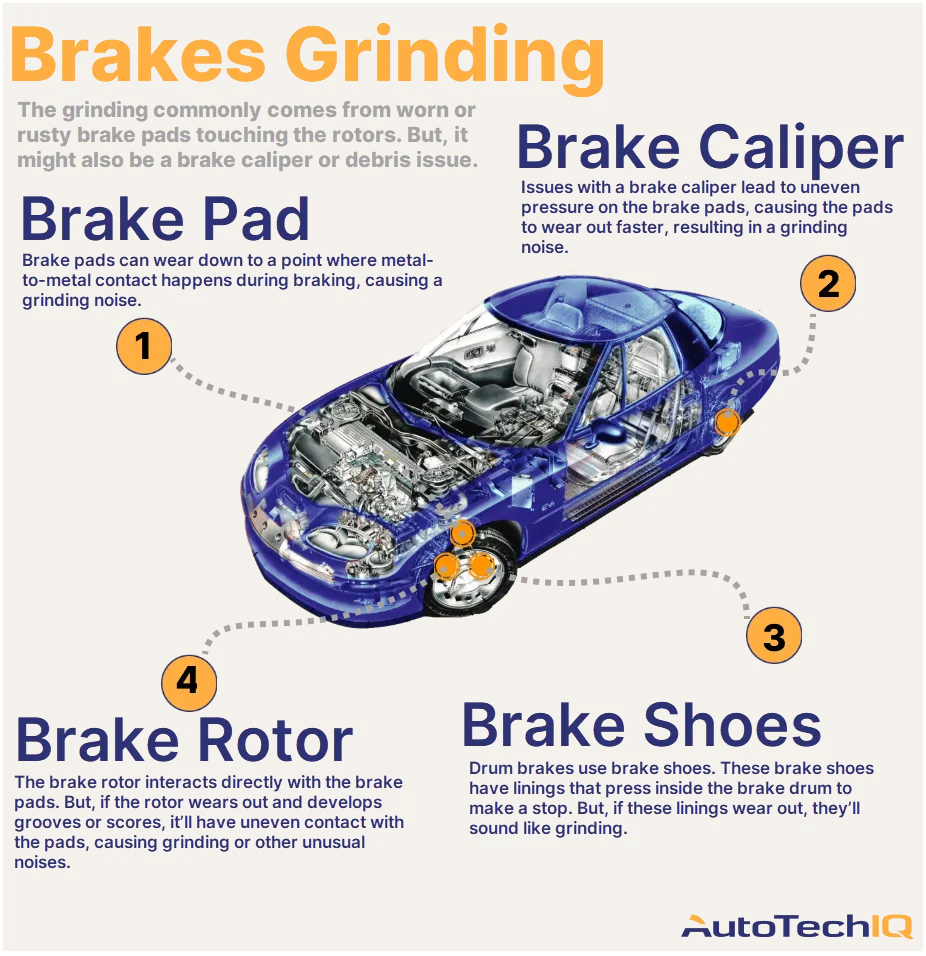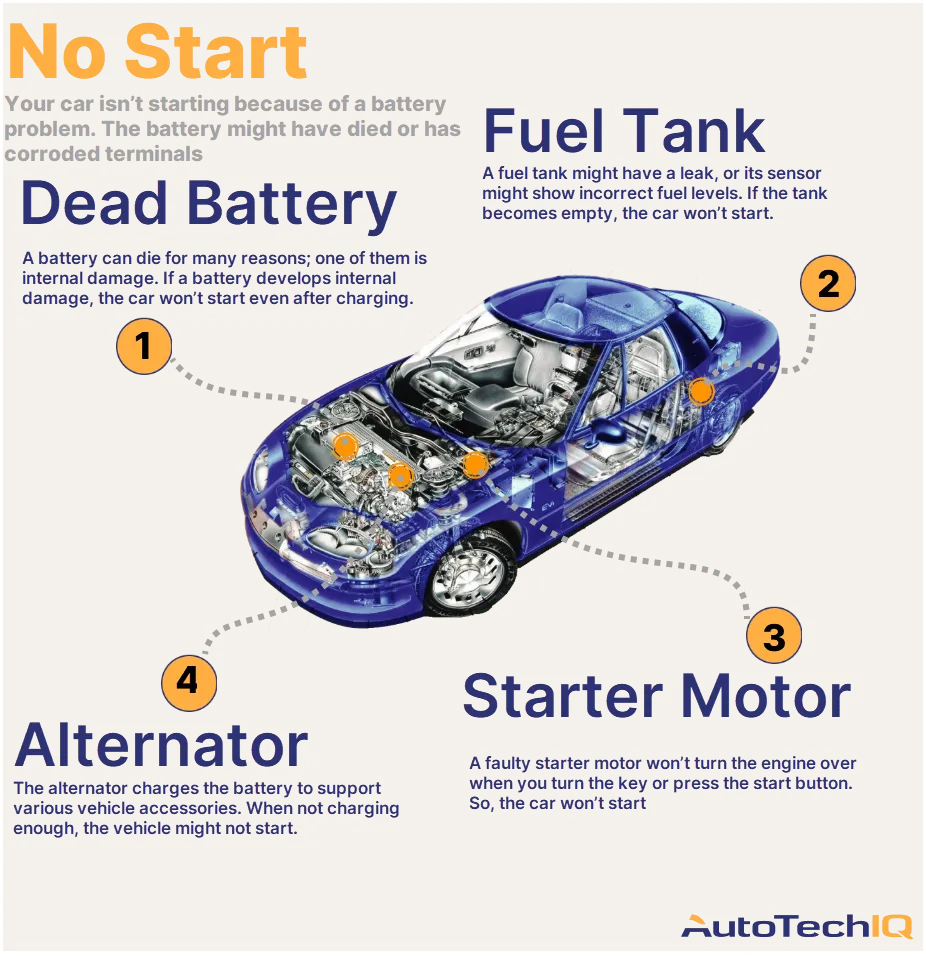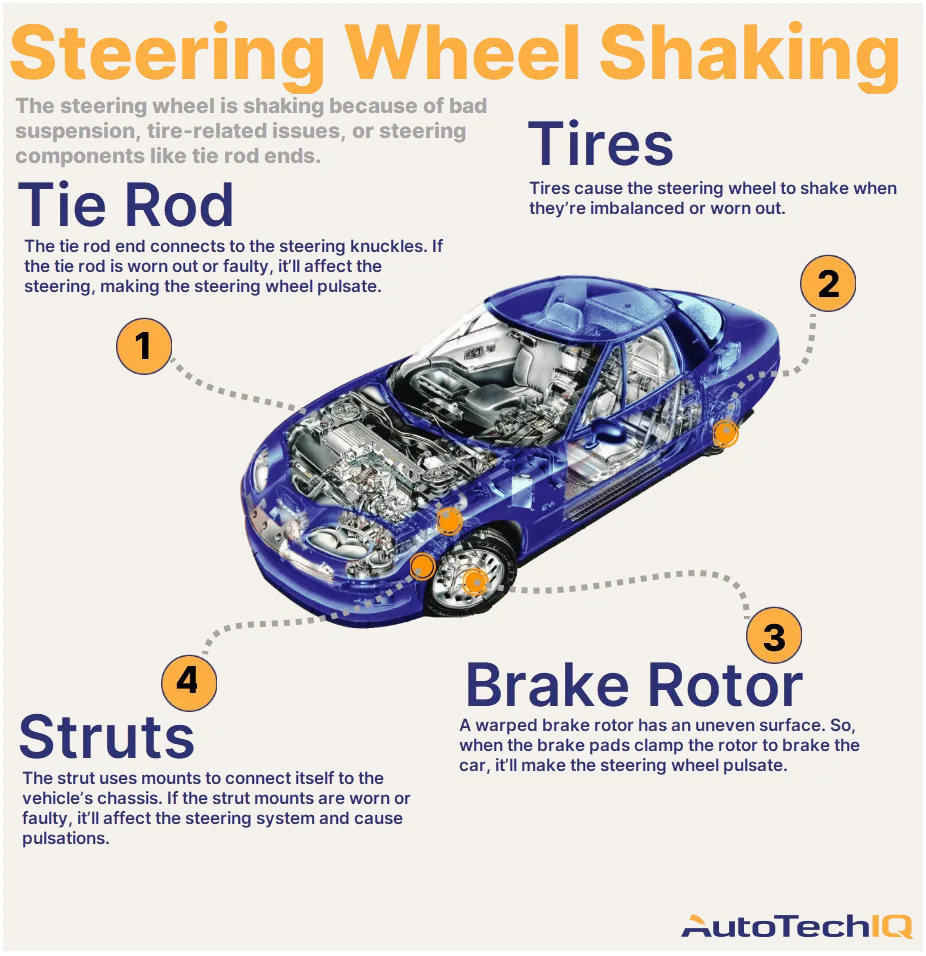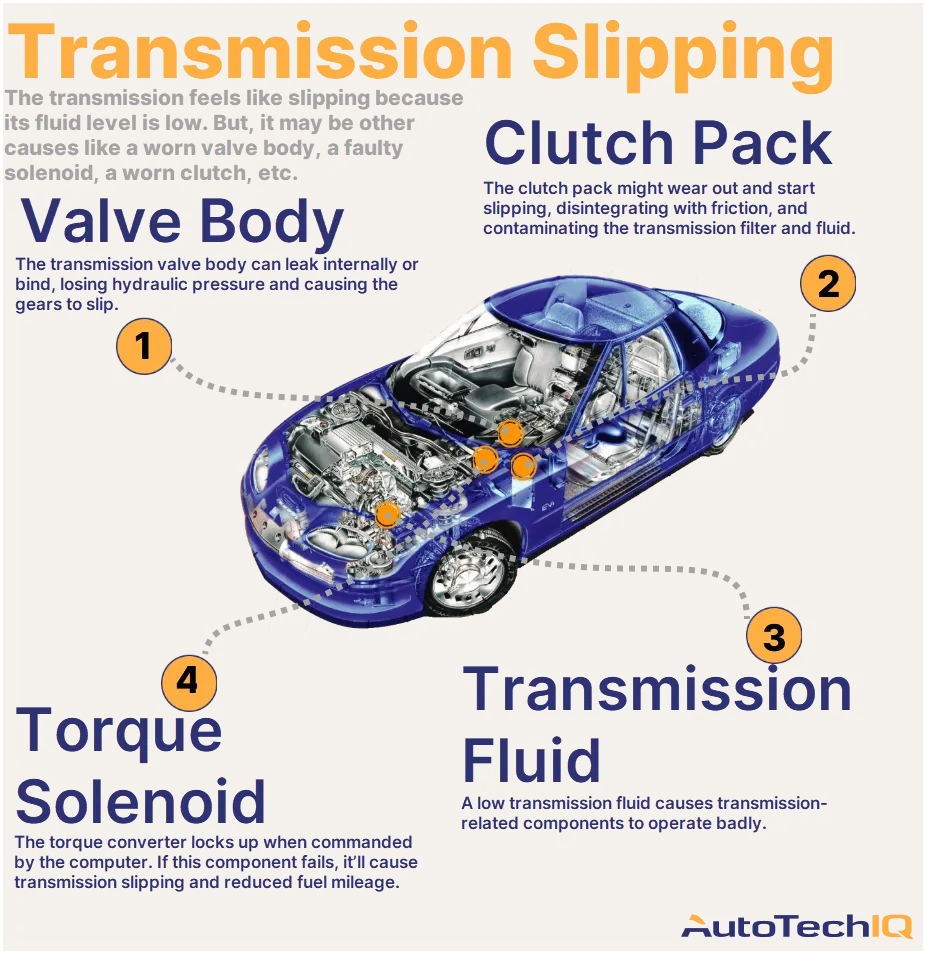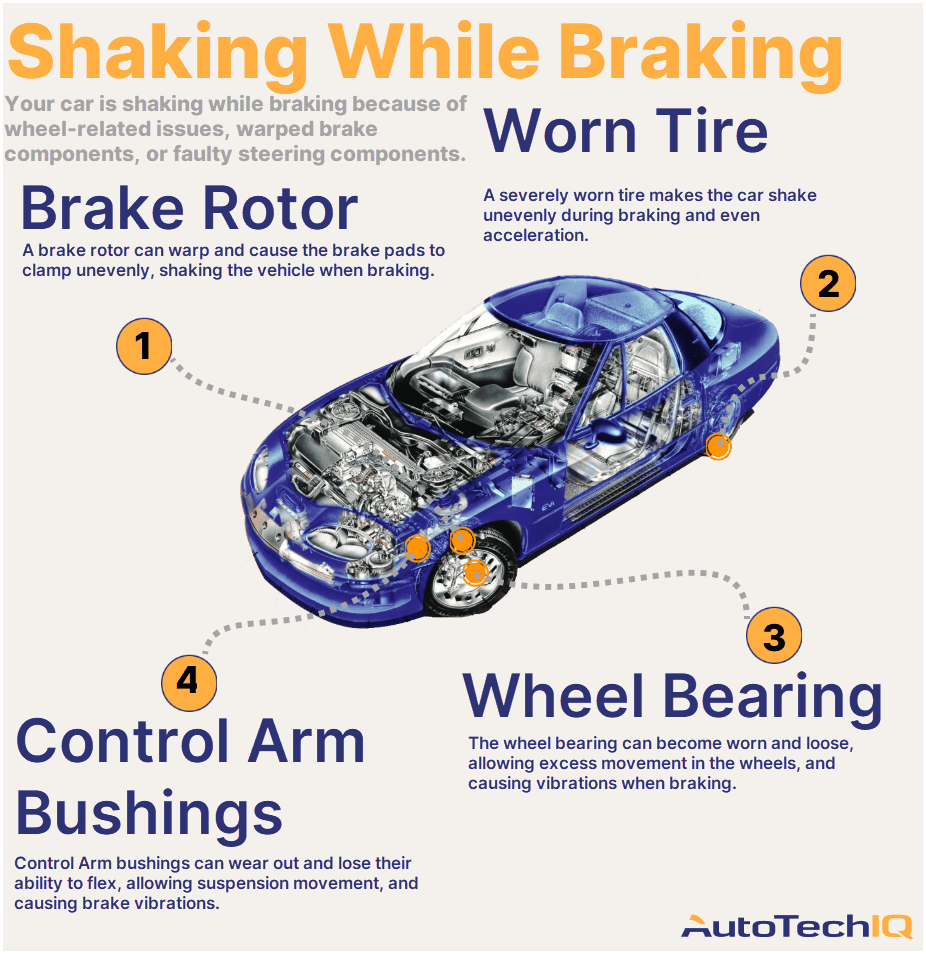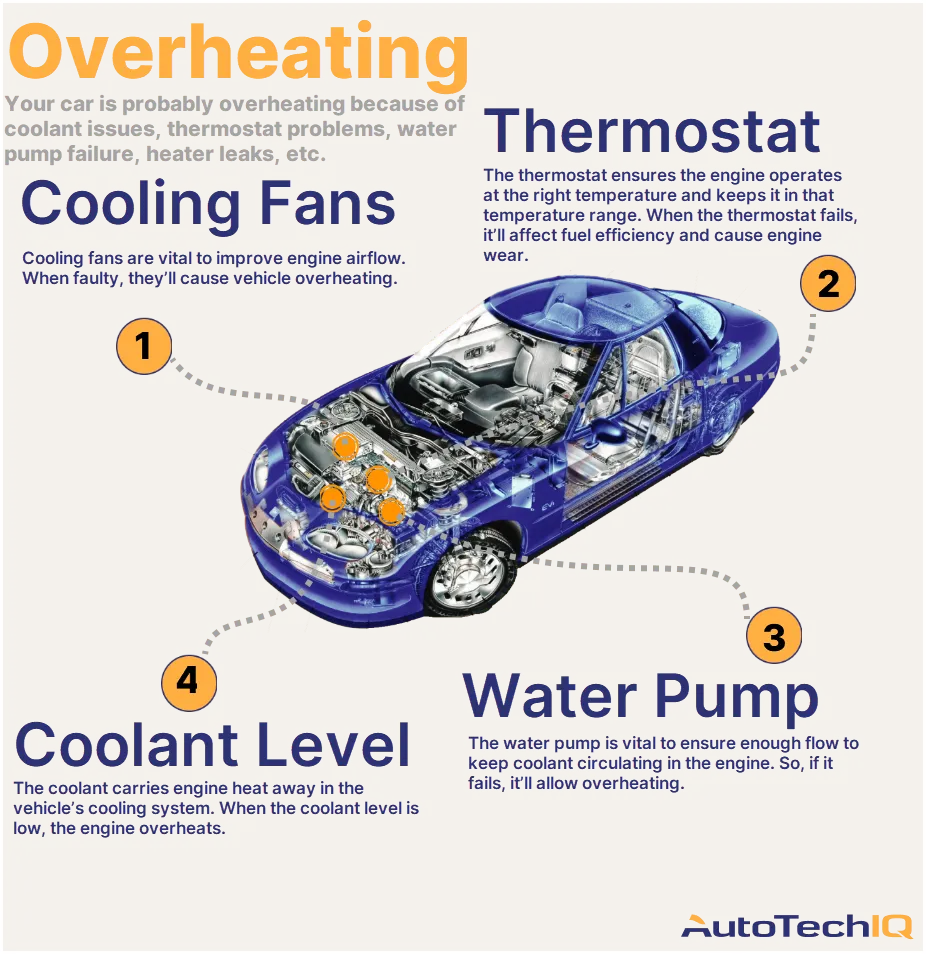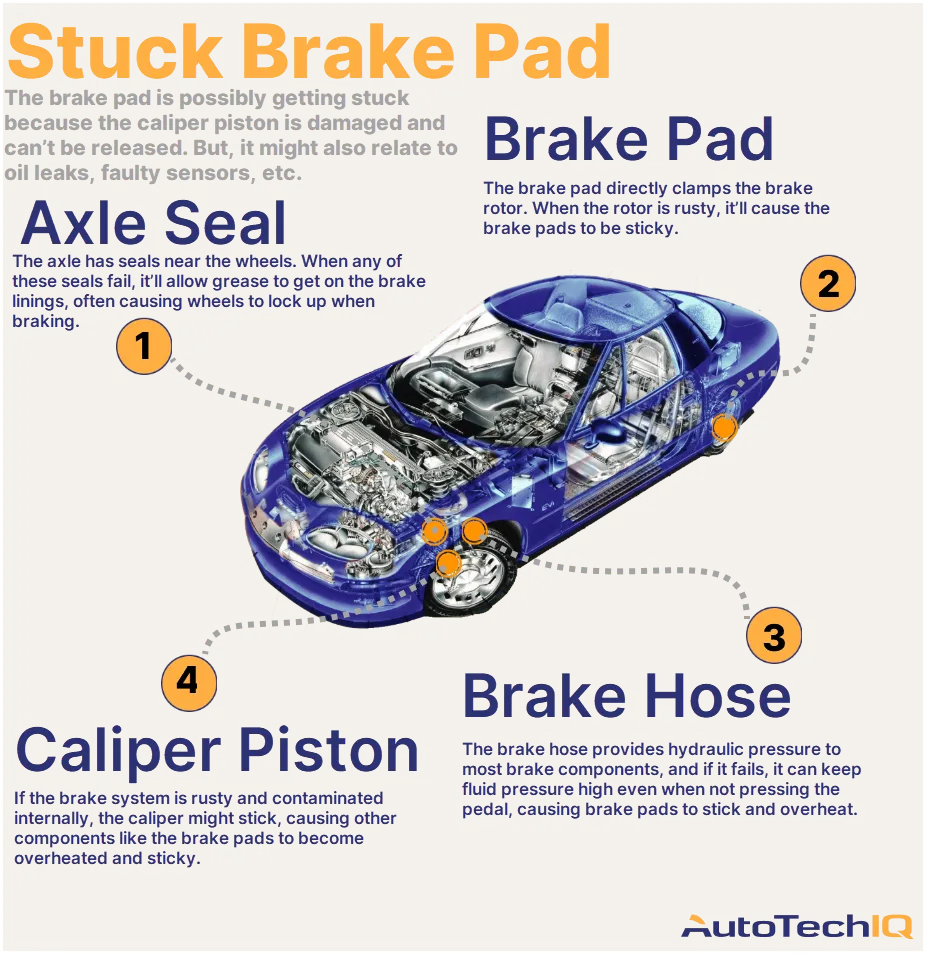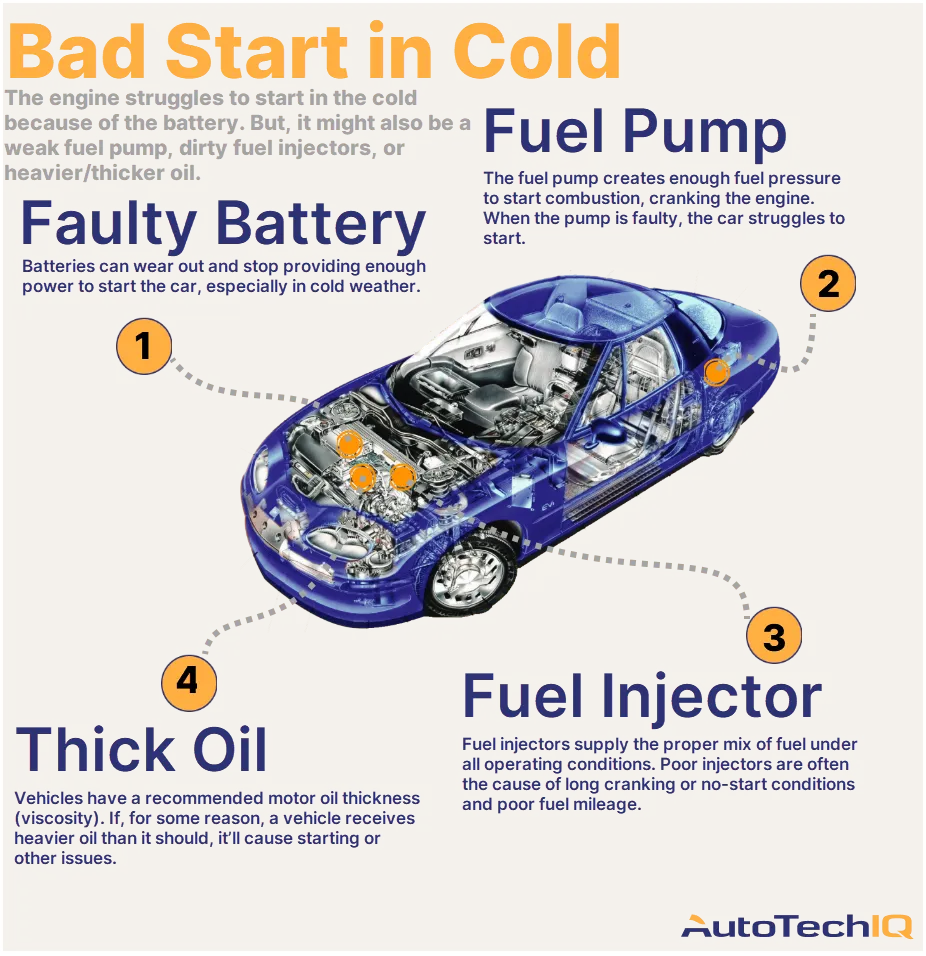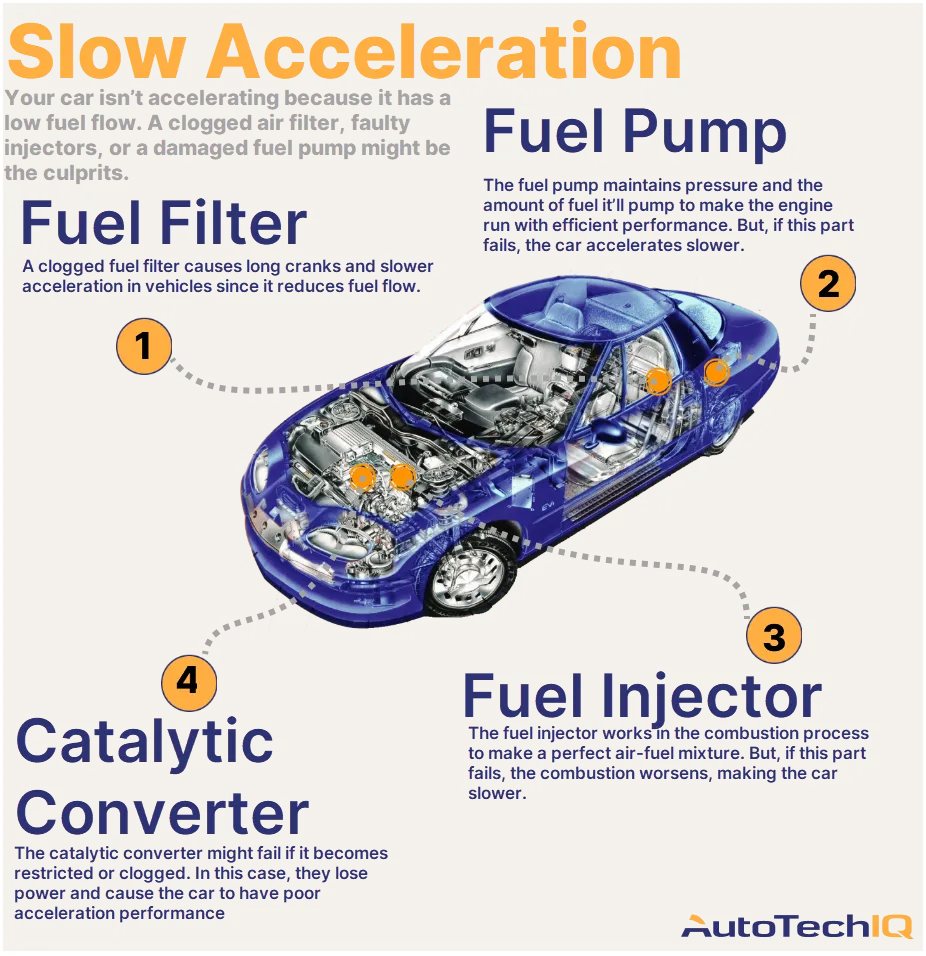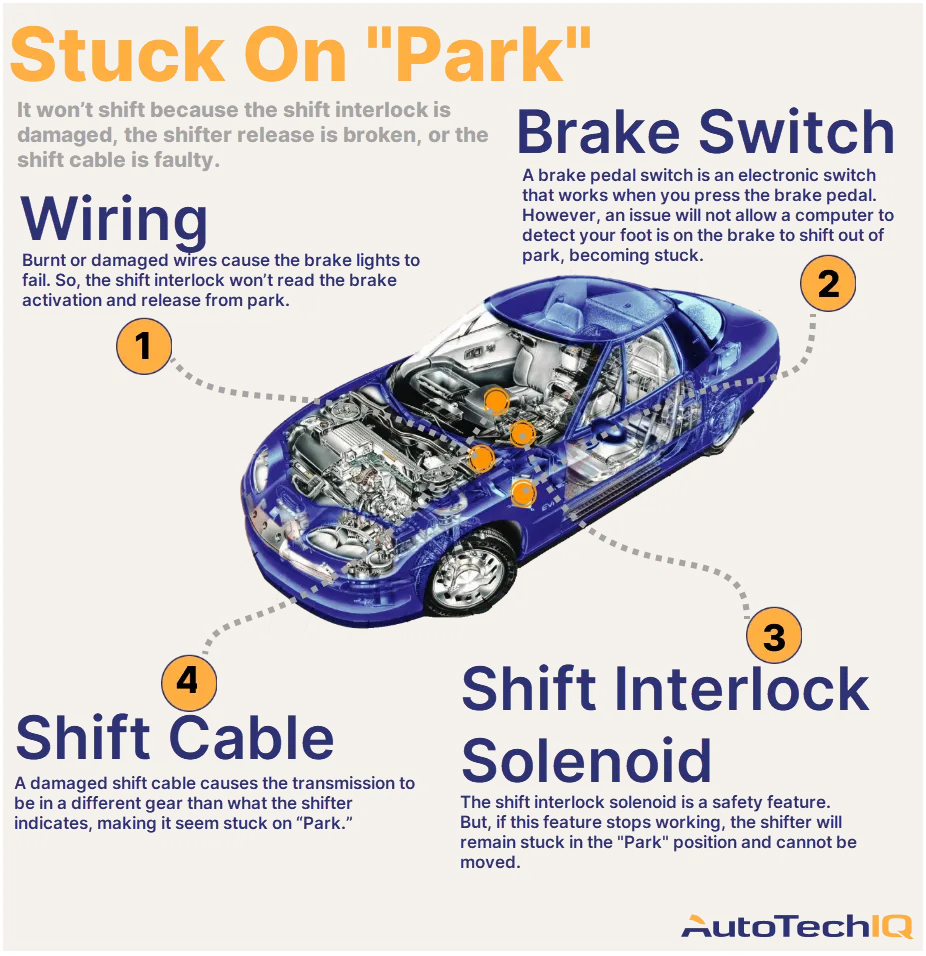Transparency example in a bad air filter service
A combustion system inspection is the most transparent process to understand why your vehicle’s air filter is bad. This is because many components surrounding the air filter and air intake components can have a say in the issue, indicating the real culprits that caused it all.
Let’s read an example of how this kind of inspection helps to service a bad air filter and solve a jerking when accelerating issue.
When the customer brought in their vehicle, they mentioned their fuel economy worsened. They used to get around 29 miles per gallon, but now they only get about 25 and the car would vibrate a little. They wondered if the change was because of the winter season.
The customer also told about a jerking sensation from the car, which occurred at that same time.
During the test drive, the technician didn't notice anything directly related to the customer's concern. However, during a vehicle health inspection, the technician found that the engine air filter was almost completely blocked and needed replacing.
The technician used a special scanner designed for this vehicle to investigate further. First, they checked for any trouble codes in the vehicle's modules, but none were found. The technician then monitored live data and noticed that the fuel trims were minus seven.
Notice that the fuel trim values can be positive or negative, indicating whether the ECU (Engine Control Unit) adds or reduces fuel to achieve the desired mixture. In this case, it was reducing the fuel amount.
To confirm the cause of the reduced fuel economy, the technician removed the air filter while the engine was running. They observed that the fuel trims immediately improved, fluctuating between plus and minus three. This verified that the clogged air filter was the reason behind the decrease in fuel economy.

In this case, the mechanic put the “Immediate Action” tag on the air filter.
